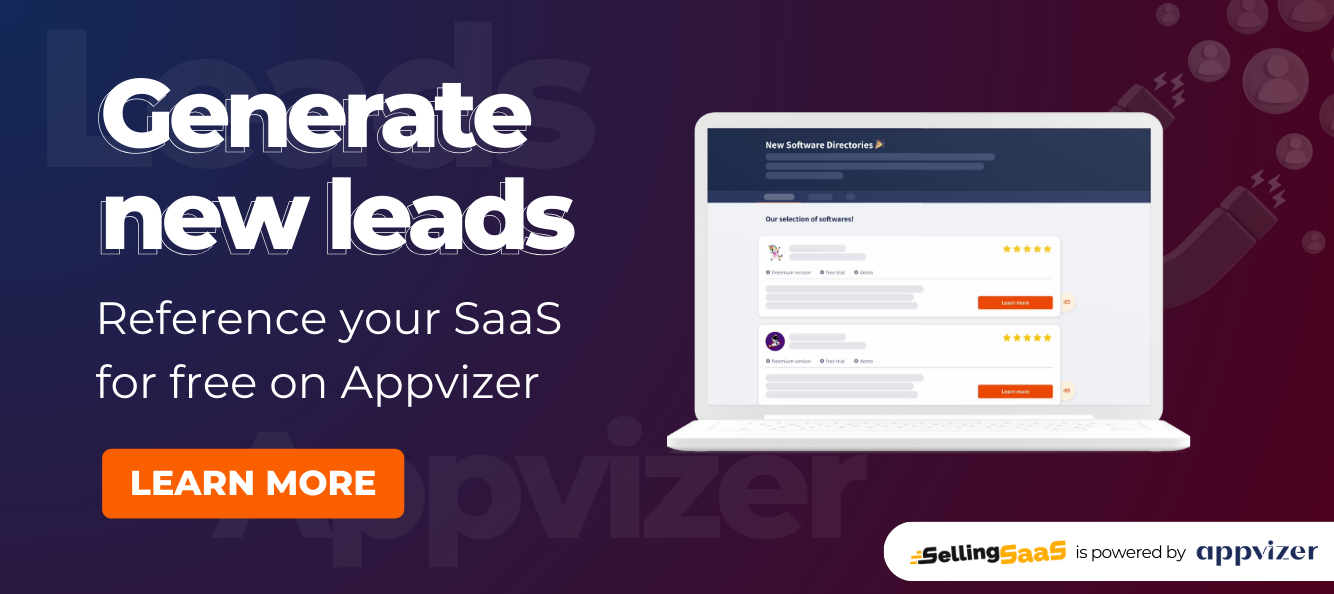Introduction
Defining Product Storytelling
In the competitive world of Software as a Service (SaaS), the ability to tell a compelling story about your product isn’t just a marketing tool; it’s a critical business strategy. Product storytelling involves weaving your product’s features, benefits, and potential into a narrative that resonates with your audience. It’s about presenting your software not just as a tool, but as a character in your customer’s story, one that plays a pivotal role in overcoming challenges and achieving goals.
Importance in the SaaS Context
In the SaaS sector, where products are often intangible and complex, storytelling becomes essential. It helps potential users visualize the practical application of the software in their own professional lives. A well-crafted story can differentiate a SaaS product in a crowded marketplace, fostering an emotional connection that mere technical specifications cannot achieve.
The Elements of Effective Product Storytelling
Crafting a Compelling Narrative
A compelling narrative is the backbone of effective product storytelling. This involves setting a scene that your audience can identify with, presenting a problem that feels real and urgent, and then introducing your product as the solution.
Example: How Slack Revolutionized Communication
Take Slack as an example. Their narrative wasn’t just about a messaging platform; it was about transforming workplace communication, making it more fluid, transparent, and enjoyable. This narrative spoke directly to businesses struggling with disjointed communication channels.
Creating Relatable Characters
The characters in your story should mirror your target audience. They are not just users; they are protagonists who the audience can empathize with.
Anecdote: The Persona of a Small Business Owner
Consider the persona of a small business owner struggling to manage team projects efficiently. By placing this character in scenarios where your SaaS product provides a solution, the story becomes relatable and compelling.
Building an Engaging Plot
A good plot in product storytelling illustrates the journey from a problem to a solution, and finally to success, with the product being central to this journey.
Case Study: Salesforce’s Customer Success Journeys
Salesforce excels in this area by sharing customer success stories. They showcase how diverse businesses use Salesforce to overcome specific challenges, effectively demonstrating the product’s versatility and impact.
Strategies for Integrating Product Storytelling in SaaS
Using Customer Testimonials and Success Stories
Real stories from satisfied customers can be powerful. They provide social proof and demonstrate the tangible benefits of the product.
Evidence: Impact of Testimonials on Conversion Rates
Statistics show that customer testimonials can significantly boost conversion rates, as they offer credible evidence of the product’s value from a user’s perspective.
Leveraging Visual Storytelling Techniques
Visual elements like images, infographics, and videos can make a story more engaging and easier to understand, especially when explaining complex SaaS products.
Example: Dropbox’s Simple Yet Powerful Visual Narratives
Dropbox uses minimalistic visuals and animations to explain how their product simplifies life, turning a complex cloud storage solution into an easy-to-understand narrative.
Interactive Storytelling through Demos and Trials
Allowing potential customers to experience the product firsthand can be a part of the storytelling process. Demos and free trials let the audience step into the story and see themselves as the protagonist.
Case Analysis: Zoom’s Approach to Product Demonstrations
Zoom effectively uses demos to showcase its video conferencing solutions, allowing potential customers to experience its ease of use and reliability firsthand.
Challenges and Solutions in Product Storytelling
Challenge: Simplifying Complex Features
SaaS products often have complex functionalities that can be challenging to communicate effectively. The risk lies in overwhelming the audience with technical details.
Solution: Focus on Benefits and User Outcomes
The key is to translate technical features into clear, user-centric benefits. For instance, instead of detailing the technical specifics of a cloud storage solution, emphasize how it enables easy, secure access to data from anywhere.
Maintaining Authenticity and Trust
Challenge: Balancing Promotional Content with Authenticity
In an effort to impress, there’s a temptation to overpromise or create exaggerated narratives, which can erode trust.
Solution: Realistic Storytelling and Customer Validation
Use real customer stories and testimonials to ground your narrative in reality. This approach not only adds credibility but also helps potential users relate to the product more genuinely.
Tailoring Stories for Diverse Audiences
Challenge: One Size Does Not Fit All
Different segments of the audience have varying needs and pain points, and a single narrative may not resonate with everyone.
Solution: Segment-Specific Storytelling
Create multiple versions of your story, each tailored to address the specific concerns and interests of different audience segments. For example, a technical narrative for IT professionals and a more results-oriented narrative for business executives.
Ensuring Consistency Across Channels
Challenge: Fragmented Storytelling
Inconsistent messaging across various marketing channels can lead to a fragmented brand image and confuse potential customers.
Solution: Integrated Marketing Communications
Develop a cohesive storytelling strategy that ensures consistent messaging across all platforms, whether it’s social media, email campaigns, or your website. This coherence strengthens brand identity and reinforces the narrative.
Keeping Up with Market Changes
Challenge: Evolving Market and Consumer Preferences
The SaaS market is dynamic, with constant technological advancements and shifting consumer preferences.
Solution: Agile and Adaptive Storytelling
Stay informed about market trends and be ready to adapt your narrative. This might involve updating your stories to include new features, addressing emerging industry challenges, or even pivoting your storytelling approach to align with new market realities.
By addressing these challenges with thoughtful solutions, SaaS companies can create compelling, effective, and resilient product storytelling strategies that resonate with their audience and withstand the test of time.
Measuring the Impact of Storytelling in SaaS Marketing
Key Performance Indicators (KPIs) and Metrics
To gauge the effectiveness of product storytelling, track metrics such as engagement rates, website traffic, conversion rates, and customer feedback.
Statistics: Correlation Between Storytelling and User Engagement
Studies have shown that storytelling can significantly increase user engagement and brand recall, making it a potent tool in a marketer’s arsenal.
Feedback Loops and Continuous Improvement
Collecting and analyzing feedback is crucial for refining the storytelling approach. Continuous iteration based on user responses ensures the story remains relevant and impactful.
Case Study: HubSpot’s Iterative Storytelling Approach
HubSpot continually updates its storytelling strategy based on user feedback, ensuring their narratives always resonate with their evolving audience.
Conclusion
Recap of the Power of Storytelling in SaaS
In conclusion, the art of product storytelling in SaaS is about more than just selling a product; it’s about connecting with your audience on a deeper level. A well-crafted story can illuminate the true value of your product, making it an indispensable part of your customer’s story.
Future Trends and Predictions
As the SaaS industry evolves, so will the techniques and strategies of storytelling. Staying attuned to these changes and continuously refining your approach will be key to successful marketing in this dynamic field.
References and Further Reading
Academic and Industry Studies on Storytelling Effectiveness
- “The Impact of Storytelling on the Consumer Brand Experience: The Case of a Firm-Originated Story” – Journal of Brand Management.
- “Narrative Transportation and Product Attitude Formation: The Impact of Storytelling in the Digital Age” – International Journal of Advertising.
Books and Thought Leadership
- “Building a StoryBrand: Clarify Your Message So Customers Will Listen” by Donald Miller – A comprehensive guide on using storytelling to improve brand messaging and marketing effectiveness.
- “The Storyteller’s Secret” by Carmine Gallo – Insights into how leaders and marketers can use stories to inspire and motivate.
Online Resources
- HubSpot Blog: Regular articles on marketing strategies, including storytelling in the SaaS industry.
- Content Marketing Institute: Provides resources and research on effective storytelling techniques in digital marketing.
Webinars and Workshops
- SaaS Marketing Leaders Webinars: Regular sessions by industry experts on innovative marketing strategies, including storytelling.
- Storytelling in Business: Online workshops focusing on the application of storytelling techniques in a business context.
By delving into these resources, readers can gain a deeper understanding of the principles and practices of effective product storytelling in the SaaS industry, equipping themselves with the knowledge to craft narratives that resonate with their target audience.


